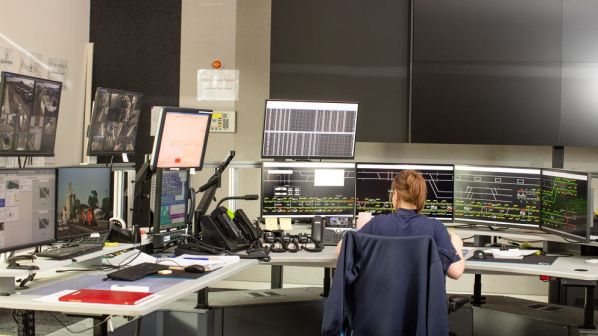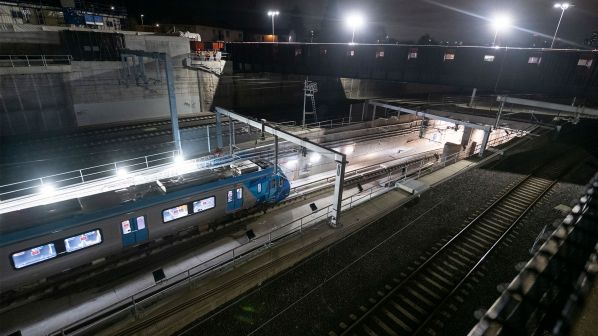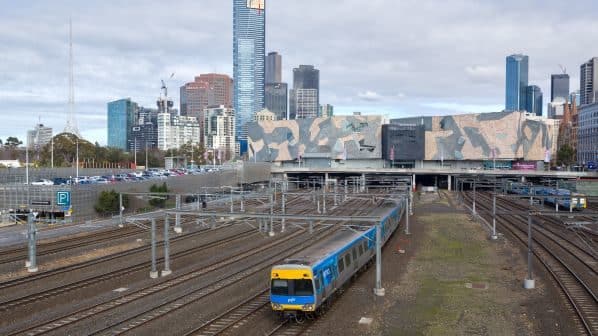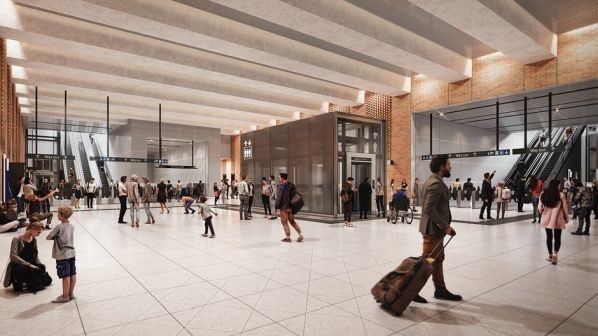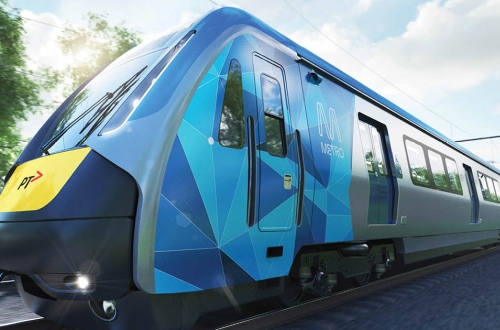RAIL Projects Victoria has completed the installation of CBTC-based High-Capacity Signalling (HCS) on Melbourne’s suburban Cranbourne/Pakenham Line, the first retrofit of a next-generation signalling system on an existing network in Australia.
The system is now being used by 17 trains a day alongside the conventional signalling system, after several years of testing using empty trains. The number of services using HCS will increase in the coming months.
When Melbourne’s Metro Tunnel opens in 2025, trains operating on the new Cranbourne/Pakenham - Sunbury Line will use a combination of HCS and conventional signalling, switching exclusively to HCS when travelling through the tunnel to its five new underground stations.
The new system will allow trains to operate at shorter headways, improving service frequency and reliability.
A new Signal Control Centre has been purpose-built at suburban Sunshine to control the HCS and monitor Metro Tunnel services.
The HCS system has been installed by the Rail Systems Alliance, a consortium of CPB Contractors, Alstom (previously Bombardier) and Metro Trains Melbourne, under a $A 1.1bn ($US 862m) contract awarded in December 2017.
HCS will also optimise the operation of the 65 new high-capacity metro trains (HCMT) which are being built by the Evolution consortium of Downer, CRRC and Partners Group in Victoria. Rail Projects Victoria, which is delivering the project on behalf of the Victorian government, estimates that the seven-car trains will provide an extra 121,000 seats on the Cranbourne, Pakenham and Sunbury lines during peak periods, an increase of 45%.
